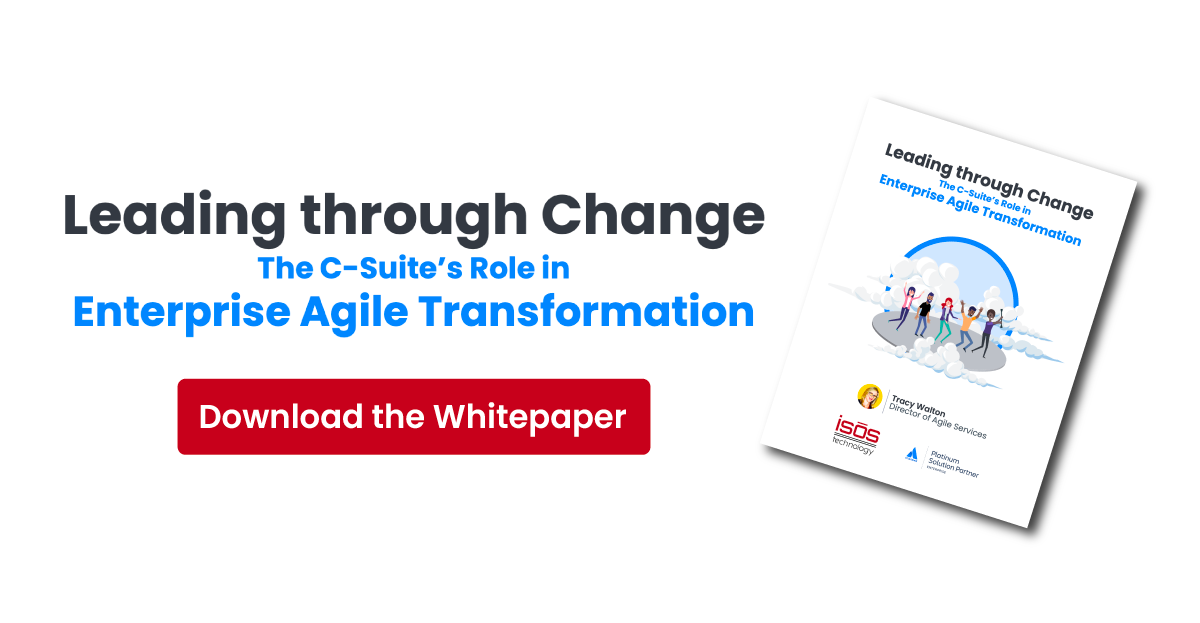
As more organizations move forward on their agile transformation journeys, they are increasingly seeking out tools to help them better manage agile at scale. This is particularly true of enterprises that need to align work to strategy, and understand how work being done rolls up to key initiatives. While there are a number of methodologies and tools available, Jira Align is foremost among them, particularly when other Atlassian tools are already in use. Recently, Atlassian commissioned Forrester to conduct a quantitative study of how companies can benefit from implementing Jira Align, and the results were clear: The Total Economic Impact of Atlassian Jira Align demonstrates how one company* was able to achieve an ROI of 340% and economic benefits of $16.10M over three years.
About the Study
The study was designed to help organizations better understand the potential return on investment (ROI) of implementing Jira Align, Atlassian’s enterprise agile planning software for technology teams. Forrester interviewed six different companies who had done just that, then developed a composite organization based on them. The study assumed the composite organization had the following characteristics:
- Billions of dollars in revenue
- 15,000 employees in technology roles
- 40 PMs and 140 developers per release team
- 2 release teams using Jira Align in the first year
- The number of release teams using Jira Align doubles each year
Organizational Challenges and Objectives
The participating organizations were facing key strategic challenges, including poor visibility, lack of standardization, poor coordination between teams, and difficulty scaling processes to teams of teams. In addition, they suffered from low morale, slow delivery, frequent delays, and time-consuming, manual project management processes.
In implementing Jira Align, they were seeking to solve these challenges, as well as develop new, more efficient work models. Any new tooling had to integrate with other Atlassian tools, offer agile-first architecture, work at enterprise scale, and be customizable to the organization’s unique needs and ways of working. The companies also prioritized ease of use.
Key Findings: ROI of 340% and Economic Benefit of $16.10M over Three Years
The study found that the composite organization was able to achieve ROI of 340% and economic benefits of $16.10M over three years. The benefits primarily came from the following areas:
Increased PM Productivity
PMs saw productivity improvements, including 50% to 70% time savings, from a decrease in meetings, automation of previously manual processes like tracking project status, and better documentation.
Development Team Productivity
Development teams saw productivity improvements due to spending less time on unproductive, low-value work, gains that were tied directly to Jira Align, as well as from new, more efficient scaled agile practices.
Faster Time to Market
Organizations were able to improve planning and dependency management and had better insight into delays. As a result, they were able to achieve faster time to market, which resulted in incremental revenue gains.
Improved Investment Decisions
Organizations were able to make better investment decisions and reduce waste related to the development of unwanted features, gains that were tied directly to Jira Align, as well as from new, more efficient, scaled agile practices.
Additional Resources
Interested in learning more about Jira Align and its economic benefits? Here are some resources and additional reading.
- Download the Forrester report: The Total Economic Impact of Atlassian Jira Align
- Download the Isos Technology whitepaper: Leading Through Change: the C-Suite’s Role in Enterprise Agile Transformation
*Company reflects a composite organization based on interviews with six different Jira Align customers.
Sign up to receive more great content
Learn more about Atlassian and how Isos can help by signing up to receive our latest blogs, eBooks, whitepapers and more.














